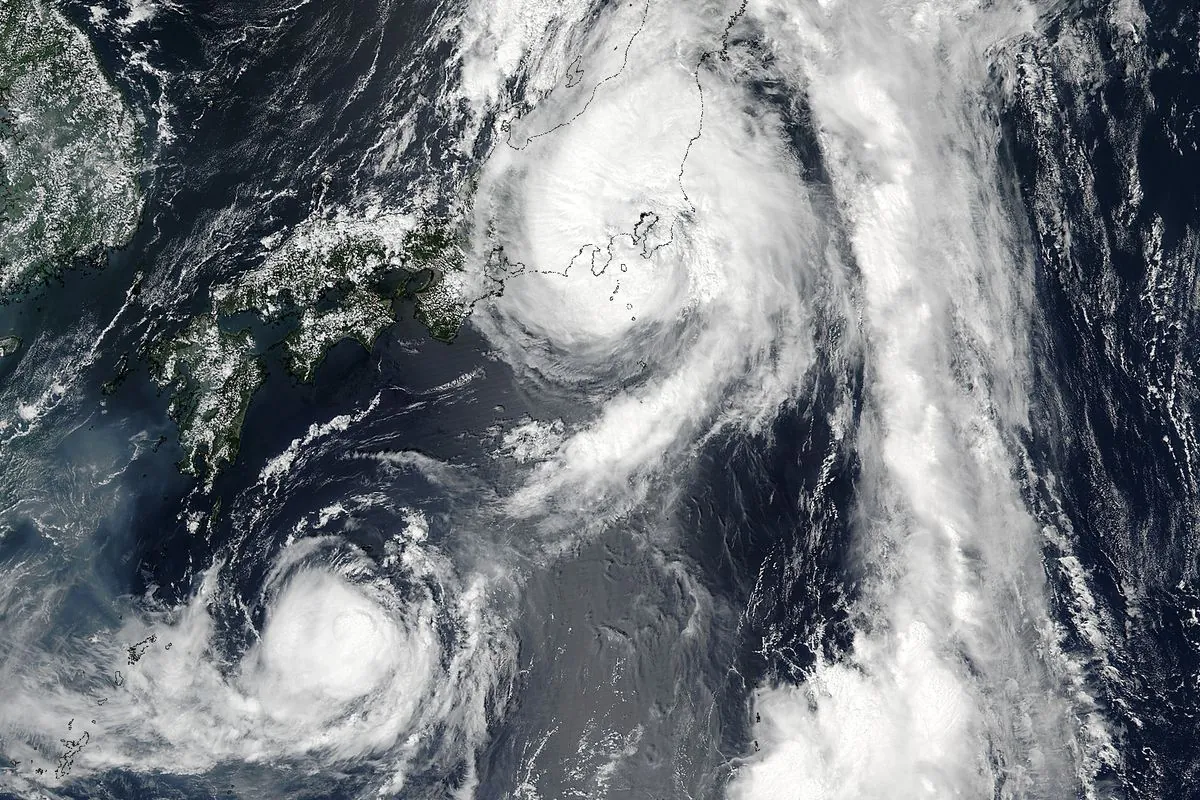Tropical Cyclone Shanshan Claims 7 Lives, Disrupts Transport in Japan
Tropical cyclone Shanshan, formerly a typhoon, has caused seven fatalities and extensive damage across central Japan. Authorities warn of potential landslides and floods as heavy rains continue to affect the region.

Tropical cyclone Shanshan, recently downgraded from typhoon status, has left a trail of destruction across central Japan, resulting in seven fatalities and widespread damage. The storm, which made landfall on August 29, 2024, continues to pose significant risks to the region.
The Japan Meteorological Agency, established in 1875, has issued warnings for potential landslides, floods, and rising water levels in rivers across western and eastern Japan. These alerts come in the wake of record-breaking rainfall that has saturated the ground since the storm's arrival.
On the Pacific side of eastern Japan, a combination of rain clouds associated with the tropical cyclone and warm, moist air from a Pacific high-pressure system has created unstable atmospheric conditions. This meteorological phenomenon has led to heavy precipitation and thunderstorms in the area. It's worth noting that Japan's Pacific coastline stretches an impressive 29,751 km, making it vulnerable to such weather systems.
The impact of Shanshan has extended to Japan's transportation network. Some Shinkansen "bullet train" services, capable of reaching speeds up to 320 km/h, have experienced disruptions. However, the Central Japan Railway Company has announced that the Tokyo-Osaka service, which had been partially suspended, will resume operations on the evening of September 1, 2024.

The most recent casualty attributed to Shanshan was reported in Fukuoka, the largest city on Kyushu island, bringing the total death toll to seven. This tragic development underscores the storm's far-reaching effects, as it has triggered landslide and flood warnings hundreds of kilometers from its center.
Japan, an archipelago comprising 6,852 islands, is no stranger to tropical cyclones. On average, the country faces about 20 such storms annually, locally referred to as typhoons when they occur in the Northwest Pacific Ocean. The nation's geographical features, including its four main islands of Honshu, Hokkaido, Kyushu, and Shikoku, contribute to its vulnerability to these weather events.
The ongoing situation serves as a reminder of Japan's complex relationship with natural hazards. With over 100 active volcanoes and frequent seismic activity, the country's terrain is particularly susceptible to landslides, especially during periods of heavy rainfall. As Shanshan continues to affect the region, authorities remain vigilant, monitoring the Kuroshio Current and other factors that influence Japan's climate and marine ecosystems.
As the nation grapples with the aftermath of this powerful storm, the resilience of its people and the efficiency of its disaster response systems are once again put to the test. The coming days will be crucial as Japan works to assess the full extent of the damage and begin the process of recovery.


































